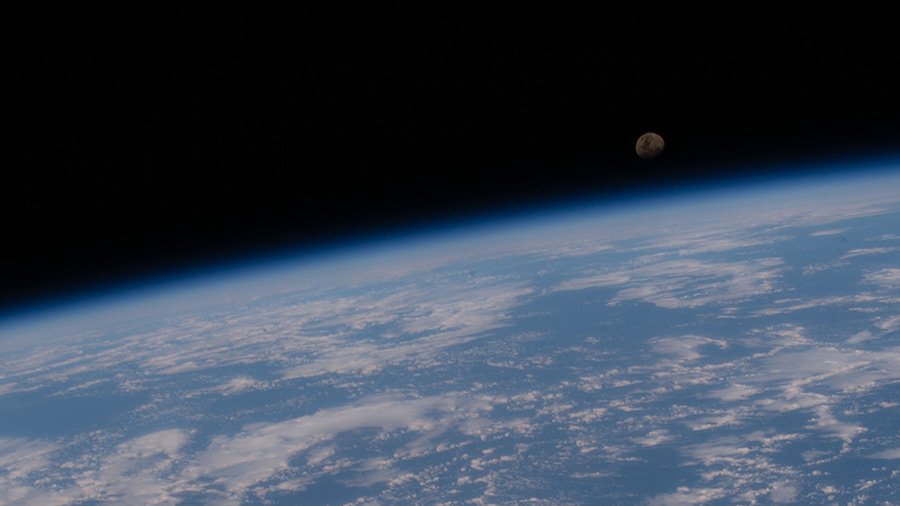
It was a busy Tuesday aboard the International Space Station as the Expedition 63 crew reorganized science racks and serviced life support hardware.
Since its inception, the main focus of the orbiting lab has been research that is only possible in microgravity. Scientists take advantage of these unique insights to improve health and industry for humans on Earth and in space. A variety of specialized racks throughout the station’s laboratory modules host numerous science experiments revealing phenomena only seen in weightlessness.
Commander Chris Cassidy and Flight Engineer Ivan Vagner partnered up today, moving three dedicated science racks, also known as EXPRESS racks, and installing them inside the U.S. Destiny, Japan’s Kibo and Europe’s Columbus lab modules.
A total of 11 refrigerator-sized EXPRESS racks are installed on the station supporting a multitude of experiments. The internationally sponsored studies are tended to by astronauts, remotely controlled by scientists on Earth, as well as programmed to run automatically.
Veteran cosmonaut Anatoly Ivanishin concentrated on life support maintenance tasks in the Russian segment of the space station. He replaced dust filters in the ventilation system in his side of the orbital lab before servicing an oxygen generator and a carbon dioxide filter.
